This post is a compilation of my research for the last project, In the Eyes of Kinetic Beasts. I will be working with JJ this time and the animals that we got are the dog and the flea. I will be researching more on the dog!
Content:
- Symbiosis between the dog and flea
- Range of movement
- 2 key senses
- Body language
Symbiosis
What is symbiosis?
Symbiosis means living together, in ecology it means interaction between two species. In this case, the dog and flea share a parasitic relationship.
In a parasitic relationship, the parasite (flea) benefits to the detriment of the host (dog). As the parasite, the flea makes its home in the warm fur of the dog and gains nutrients by biting into the dog’s skin and sucking on the its blood. The flea bites will itch, causing the dog to scratch it excessively which will lead to abrasions. These will cause much discomfort for the dog. As the blood of the dog is being sucked away as well, the dog will face a depletion in nutrients. If not treated immediately, the dog will face many health complications!
An interesting fact is that although the parasite brings harm to its host, it is not the parasite’s intention to kill the host since it is reliant on the host to survive.
Range of Movement
Muscular Anatomy:
The dog’s muscular system indicates that they are built for endurance, not speed. These muscles enable them to jump, run, stalk and engage in battle.
The muscles serve 2 purposes:
- Facilitate movement of the limbs, head, neck, and joints
- Provide stability to the joints of the body, making it easier for them to function under pressure
All these muscle groups work together by contracting and relaxing to bring movement to the dog.
Skeletal Anatomy:
As dogs stand on 4 legs, their anatomy is designed to suit this feature. This explains why dogs are unable to stand on 2 legs for a prolonged period of time like humans can, or why it is more difficult for humans to run on all 4 limbs than on 2 legs.
Movement:
This Eadweard Muybridge sequence demonstrates clearly how a dog runs.
Observations:
- Dog’s head leads the rest of the body’s motion, the movement is almost like a wave moving up and down
- Careful co-ordination of the four legs so that they don’t entangle together, causing the dog to trip and fall
- Hind legs propels the dog forward, front legs cushions the ‘fall’
- Dog’s spine expands and compresses, which aids in movement
- Long period of suspension where all four legs are off the ground.
Here’s a slo-mo video of dogs running:
Key Senses
1. Smell
This video is very useful in explaining how dogs navigate the world with their keen sense of smell!
- A dog devotes over 40% more of his brain power to processing smells than the human brain.
- Dogs develop more than 20 times the amount of smell receptors in the nose than humans do. On top of that, they can detect 100 up to 1,000,000 times less concentrated smells than us.
- No wonder dogs are trained by the police force to sniff out drugs and bombs! They are also hired to sniff out people during disasters, or track down a criminal on escape, since each human has a unique scent.
- Trained dogs can detect diabetes, seizure disorders and other certain types of human cancer within 80 to 100% accuracy
Fun fact! The folds and creases on a canine nose are unique and can be used as a means of identification, similar to the thumbprint of humans.
2. Hearing
- Able to hear at an ultrasound range, that is 2 octaves higher than humans
- Able to pinpoint just about where any noise is coming from with distinct accuracy
With a keen sense of smell and top notch hearing, dogs have been extremely helpful in many cases and have also become part of the working class. Dog’s are great at localising sound. If caught in a large crowd, your dog can pick up the sound of your voice and follow it to where you are.
3. Sight
Sight isn’t one the main key senses of dogs but it is still interesting to learn more about.
- Similar to that of people with red-green colour blindness
- Less sensitivity to both brightness and variations in shades of grey
- Very nearsighted compared to humans
Body Language
Since dogs can’t speak, they communicate with us through their body language. Their body language reveal to us their emotions and state of being, enabling us to understand and attend to their needs better.
For example, when a dog is alert, its ears perk up and it stands up straight. When its scared or stressed, its ears will be folded back and it will bare its teeth.
Conclusion
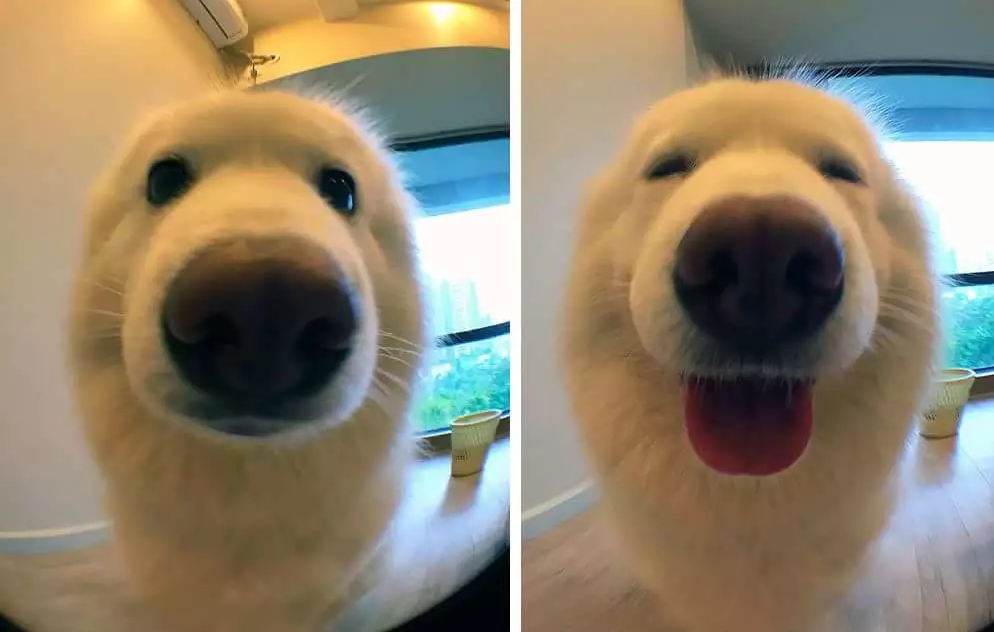
Dogs are indeed man’s best friend!
References and Image Sources:
- http://www.necsi.edu/projects/evolution/co-evolution/parasites/co-evolution_parasite.html
- https://www.enotes.com/homework-help/what-type-symbiotic-exists-between-human-host-flea-428508
- https://socratic.org/questions/what-kind-of-symbiotic-relationship-do-fleas-and-dogs-have
- https://www.petplace.com/article/dogs/pet-health/structure-and-function-of-the-muscular-system-in-dogs/
- https://vitaminsforpitbulls.com/dog-muscle-anatomy/
- http://www.petdig.com/info/pet/dog-s-anatomy/723/
- https://dogappy.com/understanding-dog-anatomy-with-labeled-diagrams
- http://animuppetry.blogspot.sg/2013/01/
- https://www.flexpetz.com/blog/senses-dogs/
- https://hollyandhugo.com/blog/lets-compare-dog-anatomy-with-human/
- https://www.flickr.com/photos/lilita/5652847156/sizes/z/
- https://www.reddit.com/r/pics/comments/5jf69o/dog_before_and_after_being_called_a_good_boy/
- http://www.businessinsider.com/how-dogs-see-the-world-compared-to-humans-2015-7/?IR=T
- https://www.psychologytoday.com/blog/canine-corner/201307/do-dogs-actually-use-color-vision
- https://www.quora.com/Are-cats-more-sight-vision-oriented-than-dogs

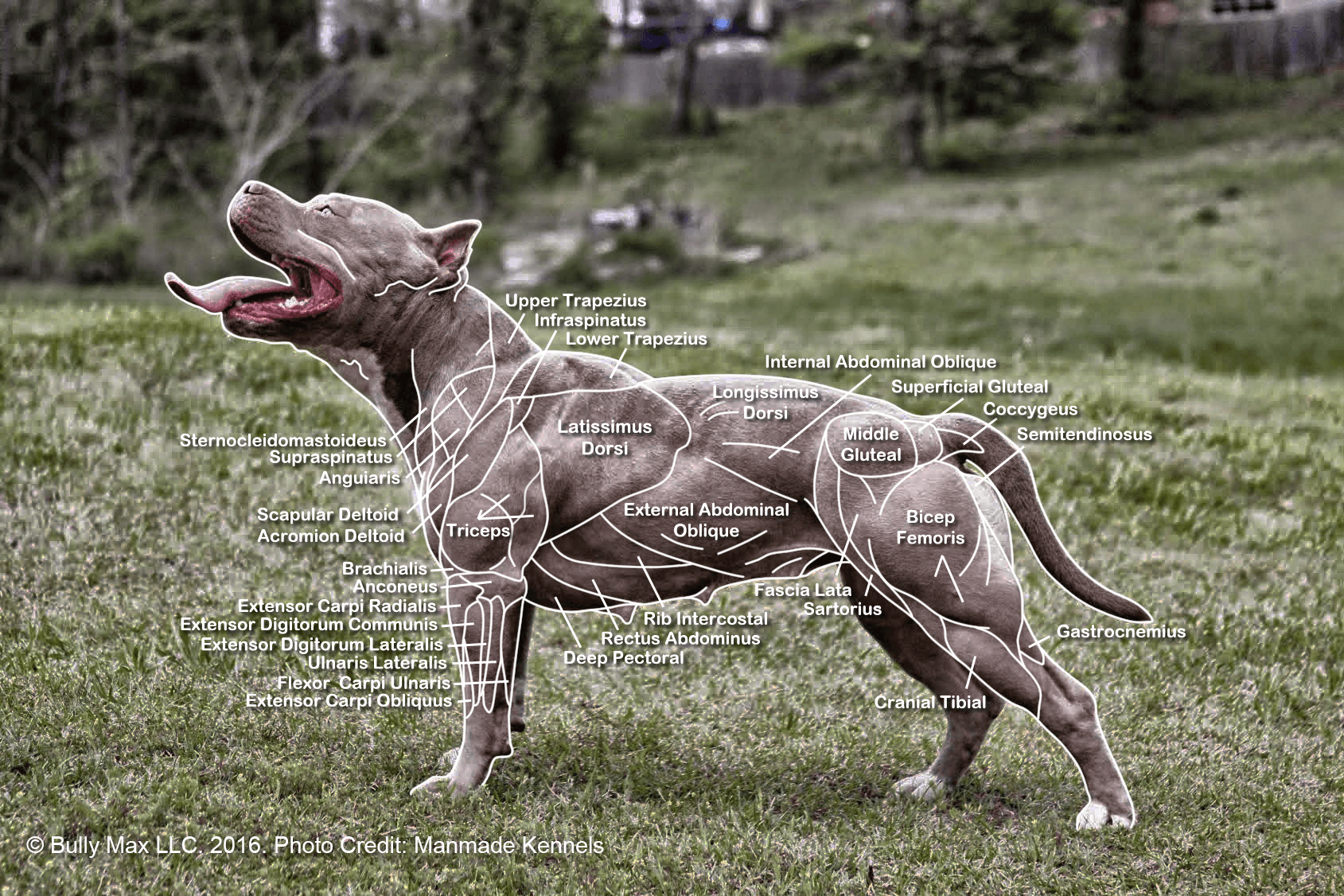

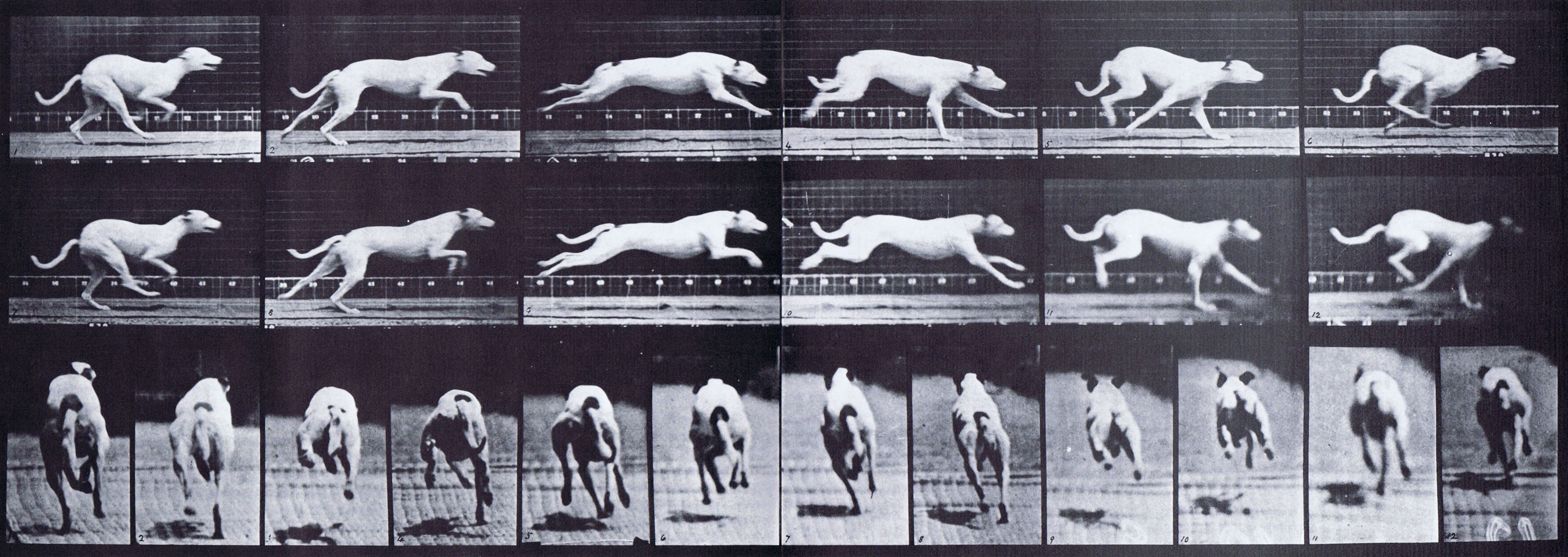
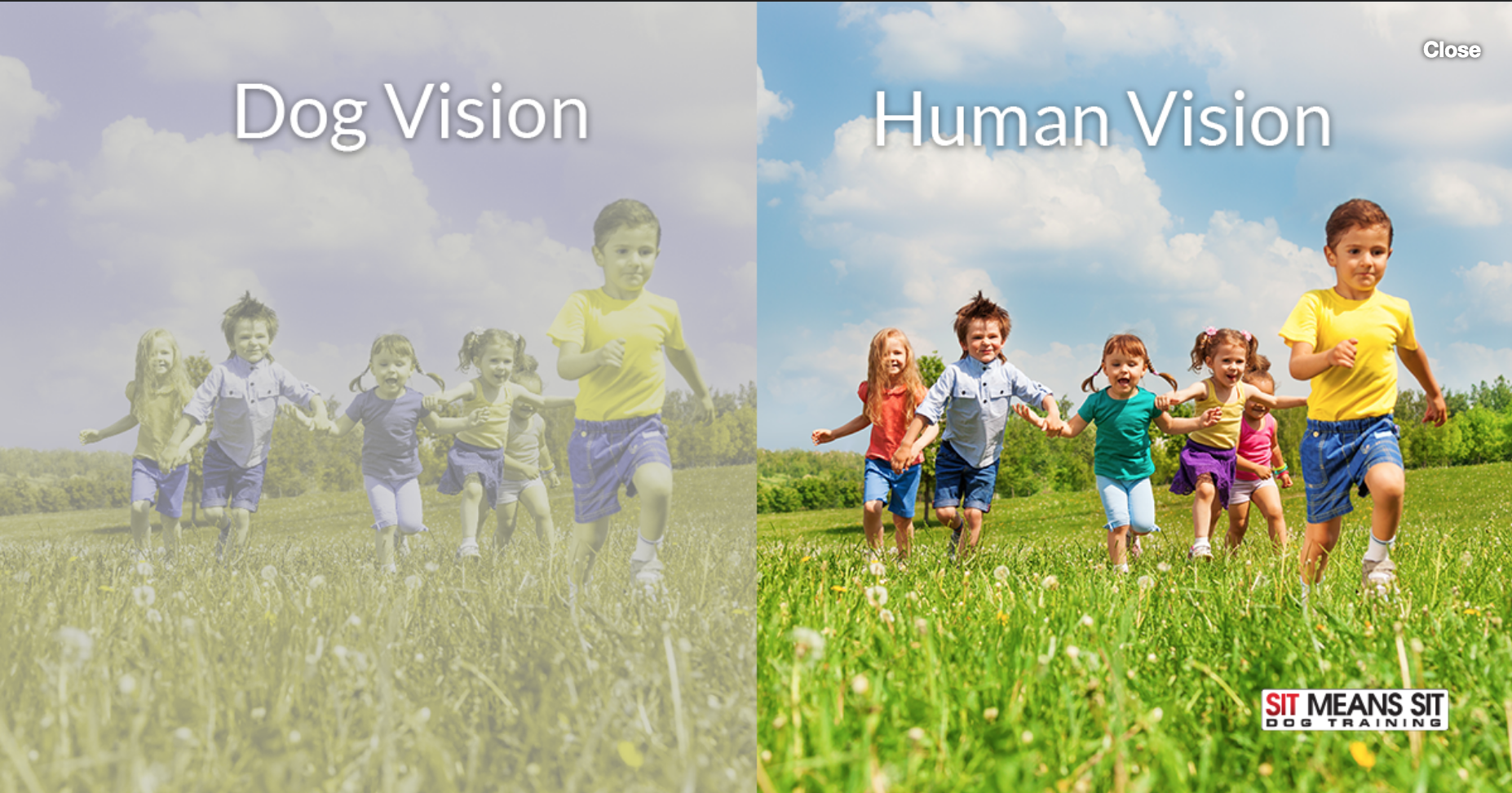
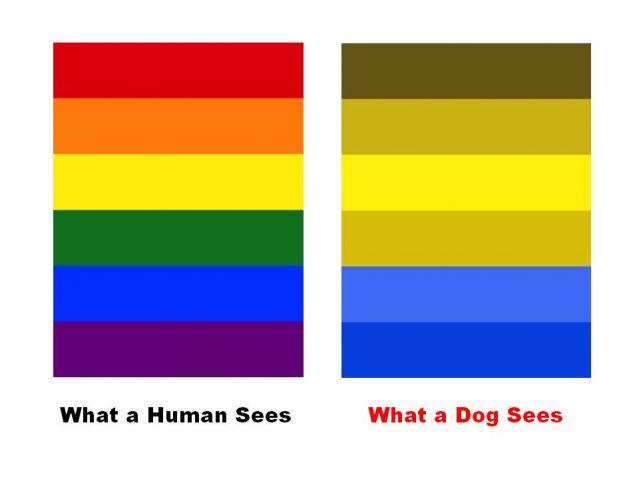
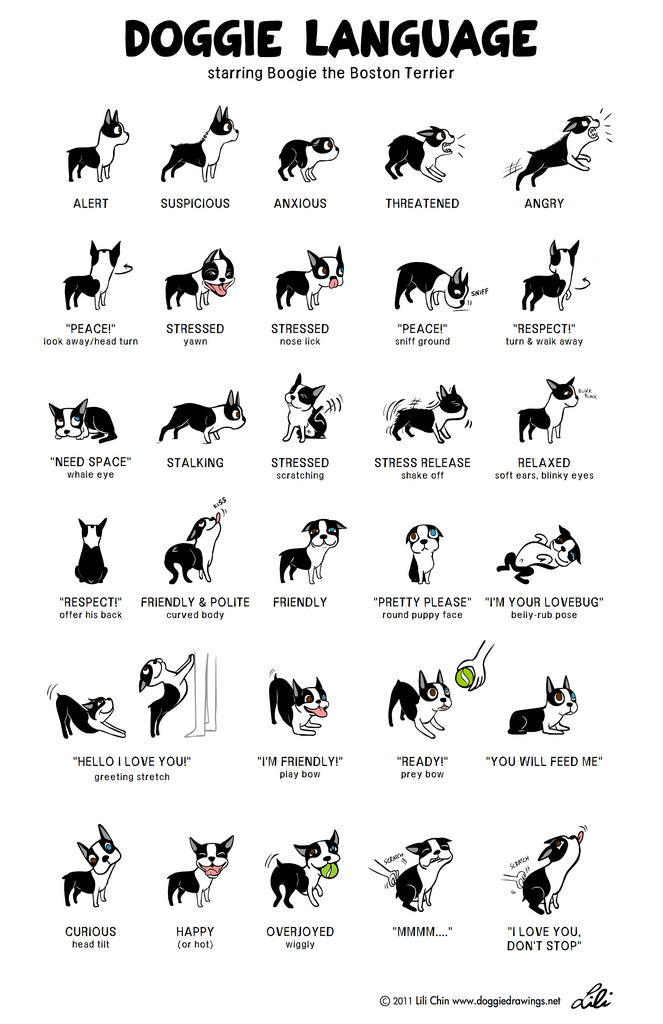
1 comment for “[F&V] Kinetic Beasts: Dog and Flea Research”